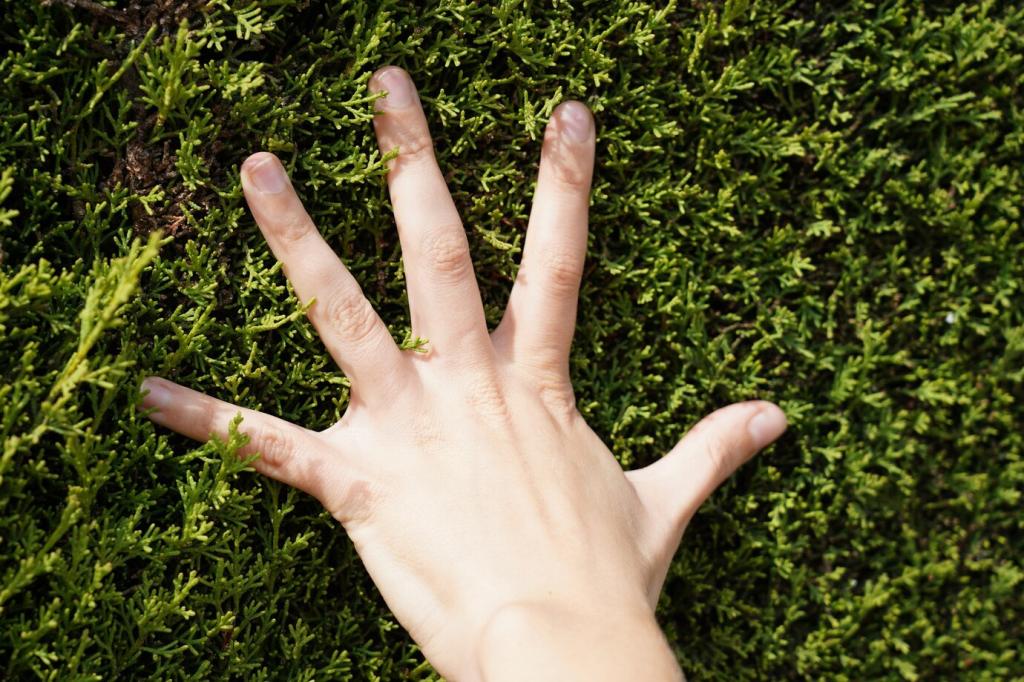Biophilic Design Strategies for Improved Wellbeing
Biophilic design is an innovative approach to architecture and interior design that draws inspiration from the natural world, aiming to foster stronger connections between people and nature within built environments. By integrating elements that evoke the outdoors or replicate natural processes, biophilic design can significantly enhance physical and psychological wellbeing. This page explores core strategies that not only make spaces more visually appealing and engaging but also support mental clarity, emotional balance, and overall health through nature-inspired interventions.

Maximizing Daylight Through Design
Architectural planning that maximizes daylight involves the careful positioning of windows, skylights, and reflective surfaces to ensure even distribution of sunlight throughout a space. Large, well-placed windows not only bathe interiors in natural light but also frame views of the surrounding environment, emphasizing one’s connection to nature. Advanced glazing technologies can filter harsh rays while maintaining brightness, reducing the need for artificial lighting and supporting sustainability. Inviting daylight deep into indoor areas contributes to occupant wellbeing by fostering vitality and minimizing the symptoms associated with poor lighting, such as eyestrain and fatigue.
Emphasizing Outdoor Views
Designing spaces that offer direct views to the outdoors can significantly impact human mood and performance. Whether it’s an office overlooking a green courtyard or a living room with sightlines to a lush backyard, these visual connections to nature help reduce anxiety and foster a sense of calm. Integrating outdoor seating, patios, or balconies encourages regular engagement with the external environment. Even in high-density urban settings, utilizing planters and green screens can provide glimpses of plant life, ensuring that the benefits of outdoor views are accessible regardless of location.
Balancing Transparency and Privacy
While maximizing transparency through apertures and open layouts enhances exposure to light and views, it is equally important to address privacy and personal comfort. Strategic use of frosted glass, screens, and vegetation allows occupants to enjoy the benefits of daylight and nature without feeling exposed. Adjustable window treatments such as blinds and curtains empower individuals to regulate their environment according to personal preference and activity, creating a dynamic and adaptable space that supports wellbeing on multiple levels.
Previous slide
Next slide


Water Elements as Calming Features
Soothing Soundscapes of Water
The gentle sound of flowing water is a powerful mood regulator, known to mask disruptive background noise while inducing a meditative state. Elements such as tabletop fountains or wall-mounted water cascades introduce calming acoustics that enhance focus and diminish tension. The presence of these auditory stimuli can help individuals detach from the stresses of modern life, fostering environments that encourage deep relaxation, mindfulness, and creative thinking. Soundscapes created by water are especially effective in open-plan offices or communal areas where ambient noise can become overwhelming.
Reflective and Visual Qualities
The visual effects of water—such as shimmering surfaces, ripples, and dynamic reflections—bring a sense of movement and vitality to indoor spaces. Whether experienced through a tranquil pool, an aquarium with swimming fish, or the interplay of light on water features, these elements provide captivating focal points. Such visuals evoke the serenity of ponds, lakes, or streams, triggering positive emotional responses and enhancing feelings of wellbeing. Carefully positioned water features can also amplify natural light, illuminating spaces and contributing to a bright, airy atmosphere.
Interactive Water Installations
Engaging interactions with water, such as touchable fountains or sensory pools, invite occupants to experience the soothing properties of water firsthand. Interactive installations appeal to children and adults alike, encouraging playfulness and curiosity within otherwise structured environments. These hands-on features can be particularly beneficial in healthcare or educational settings, where tactile engagement supports learning, rehabilitation, or therapy. By fostering multisensory connections to water, biophilic design deepens human involvement with nature’s calming rhythms.
